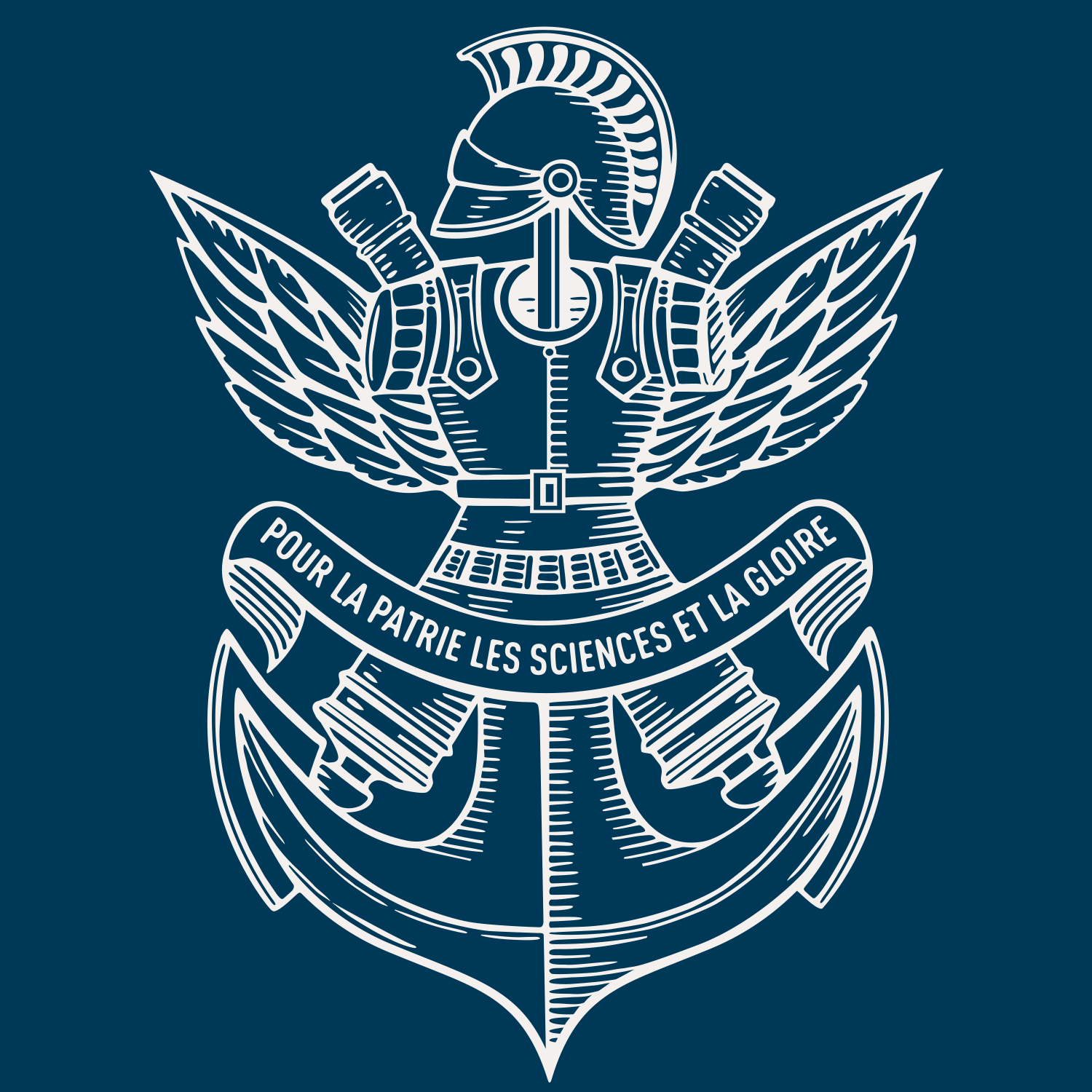The influence of manufacturing and alterations on skin-based artifacts as characterized by nonlinear optical microscopy
Résumé
Nonlinear optical (NLO) microscopy is an efficient technique to investigate artworks as it allows non-invasive, three-dimensional imaging with micrometer-scale resolution. This technique can combine two-photon excitation fluorescence (2PEF) from exogenous and endogenous fluorophores and second harmonic generation (SHG), which enables the visualization of unstained fibrillar collagen. The application of NLO microscopy to different skin-based materials encountered in cultural heritage showed the influence of manufacturing, in particular the type of tannin and fats introduced, on the morphological structure and collected signals. The data also showed that NLO microscopy was well-suited to non-invasive examination of the degradation state of collagen in all skinbased materials, particularly based on the SHG images, and could be used to identify artifacts most at risk in collections so suitable conservation measures could be taken.
| Origine | Fichiers éditeurs autorisés sur une archive ouverte |
|---|

